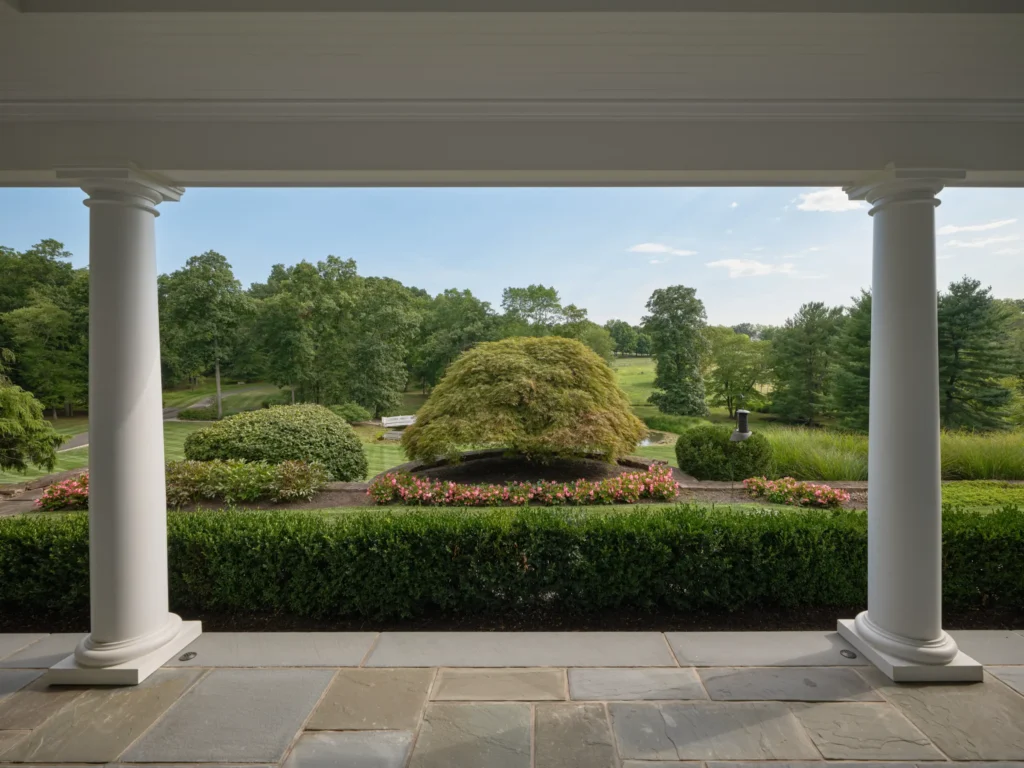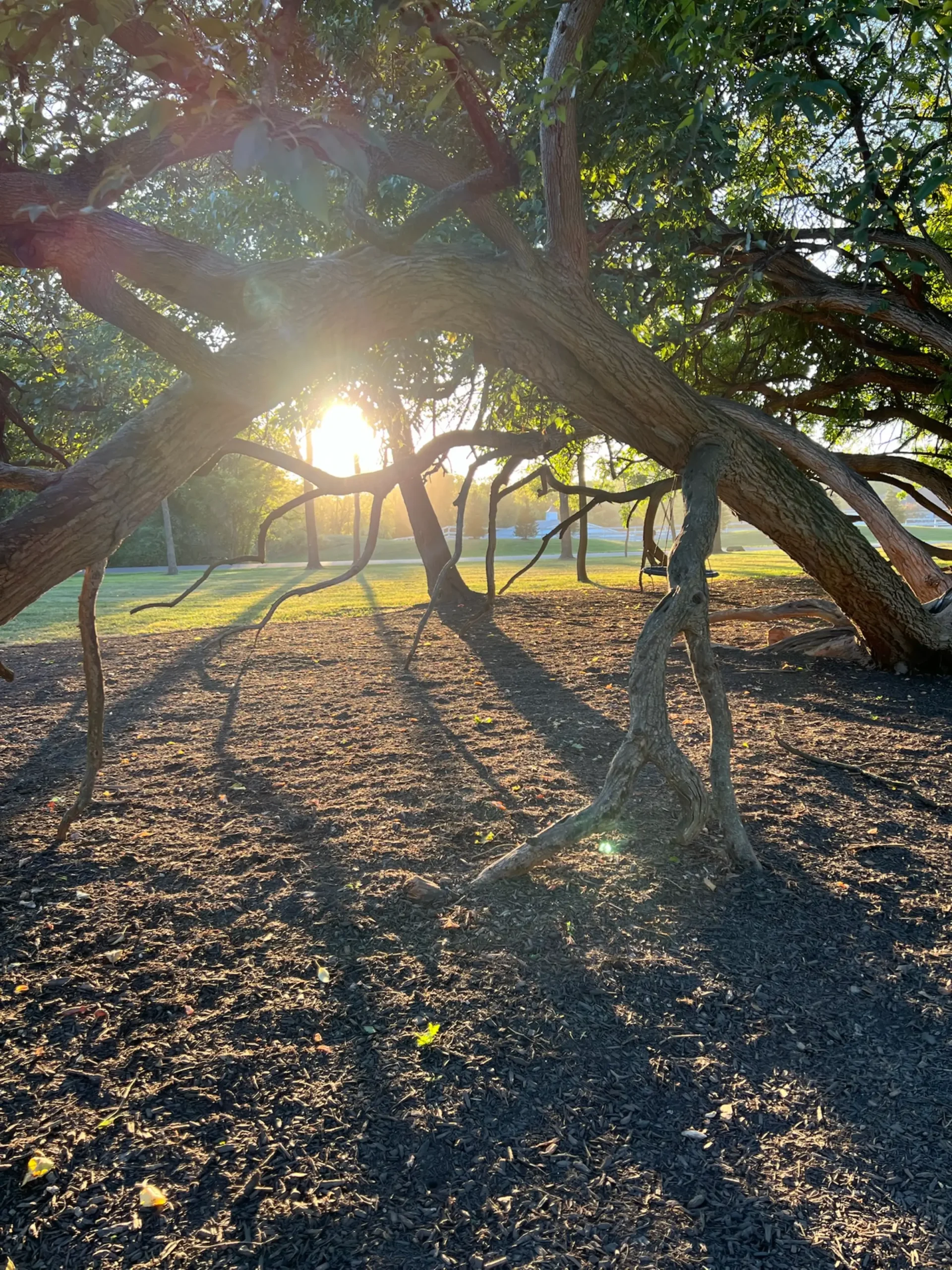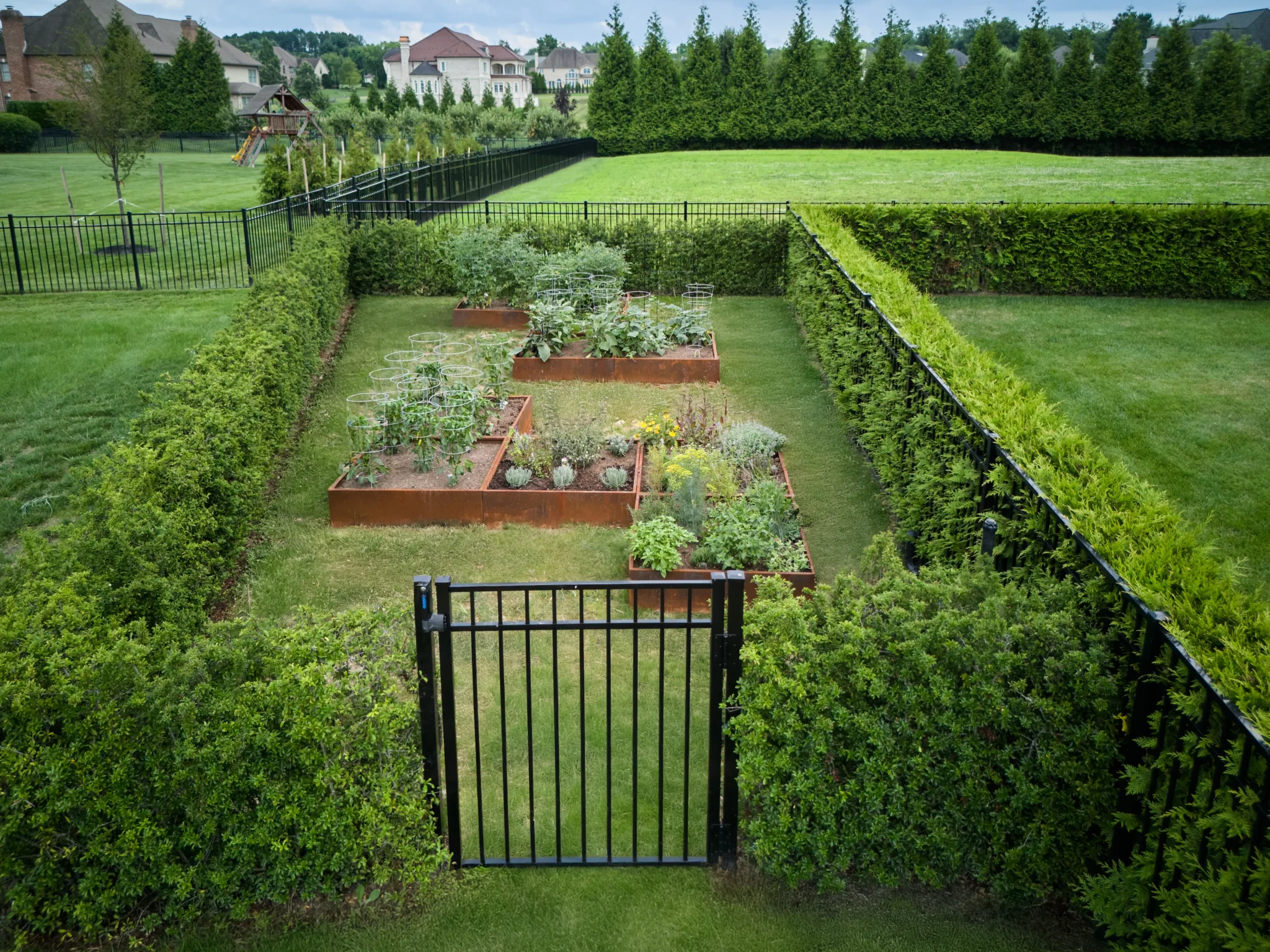At PLANT Design Group, we believe that the most refined landscapes are those that weave history, beauty, and purpose into one seamless whole. Few horticultural traditions embody this philosophy as gracefully as the ancient art of espalier, that is the training of trees to grow flat against walls or trellises.
The origins of espalier are steeped in ingenuity. In the late 1600s, Fr. Legendre, a monk living in Hanonville, France, faced a gardener’s dilemma: his fruit trees were continually devastated by late frosts. Observing closely, he noticed that the trees nearest the monastery’s stone walls were less affected. Inspired, he began planting his fruit trees as close to the walls as possible.
When space became scarce, necessity drove creativity. Fr. Legendre began shearing and training his trees flat along the walls, allowing him to grow multiple varieties in a compact space. To his surprise, these sculpted trees not only survived but thrived, producing heavier harvests than their counterparts in the orchard. Their geometric forms were striking, their cultural problems fewer, and their presence in the garden, quietly transcendent. Before his death in 1684, Fr. Legendre documented this practice in Palmette Legendre, the earliest known text on the science of espalier.
From the monastery walls of France to the great gardens of the world, espaliers have endured as living architecture—discipline and beauty expressed in equal measure. Today, they grace notable estates and public gardens including:
- Atlanta Botanical Gardens
- Biltmore Estate
- Brookgreen Gardens
- Callaway Gardens
- Carnton Plantation Gardens
- Cheekwood Botanical Gardens
- Denver Botanic Gardens
- Dow Gardens
- George Washington’s Mount Vernon
- Morton Arboretum
- Piedmont Park Conservancy
Here, a row of Espalier trees is seen in the new wing at our local Longwood Gardens:
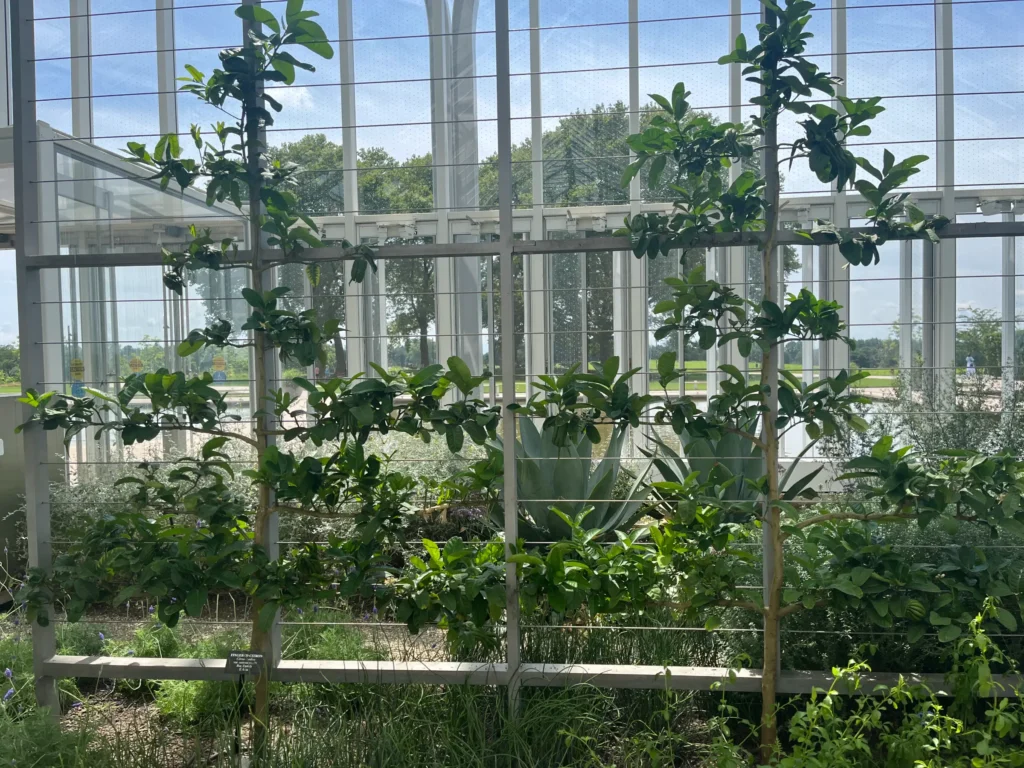
Visionary designers like Deborah Silver of Detroit Garden Works continue to celebrate their elegance, confirming espaliers as both a horticultural solution and an art form.
Here in Bucks County, where centuries-old stone walls still line the countryside, the espalier feels especially at home. Its structured form complements the rugged textures of local fieldstone, evoking the same European heritage that inspired so much of our region’s architecture. An espaliered fruit tree trained along a garden wall or terrace is more than a plant: it is a gesture of refinement, a link between history and modern living, and a statement of timeless luxury.
At PLANT Design Group, we incorporate espaliers into our designs not just as a nod to tradition, but as a way of crafting outdoor spaces that feel enduring, cultivated, and uniquely yours. Like the best landscapes of Bucks County, they are at once rooted in history and alive with beauty today. We have gone to great lengths to source the most stunning Espalier trees from a lovely family farm, where they are raised carefully and artfully.
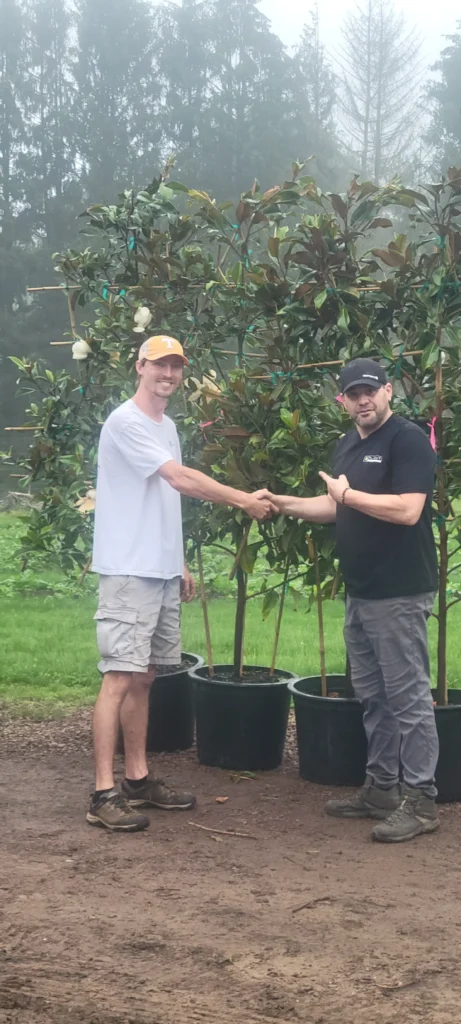
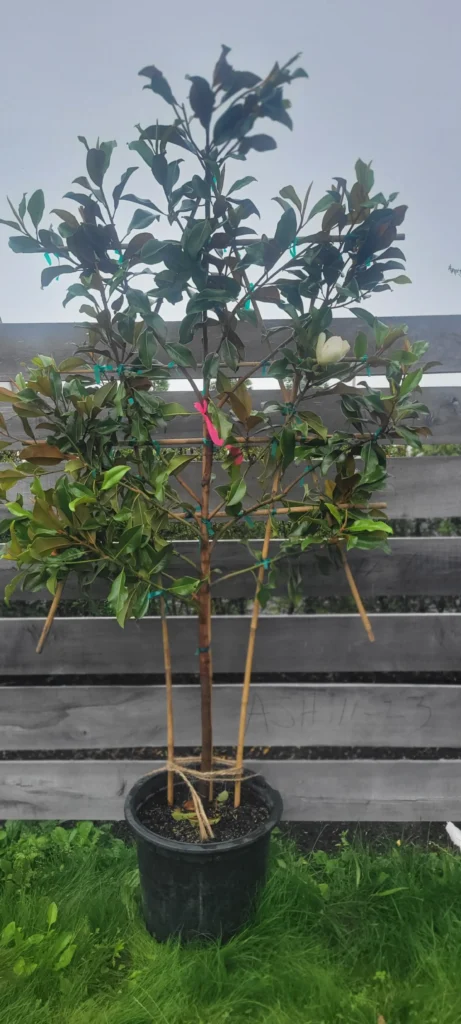
Give us a call to incorporate these works of art into your original, bespoke landscape design!
